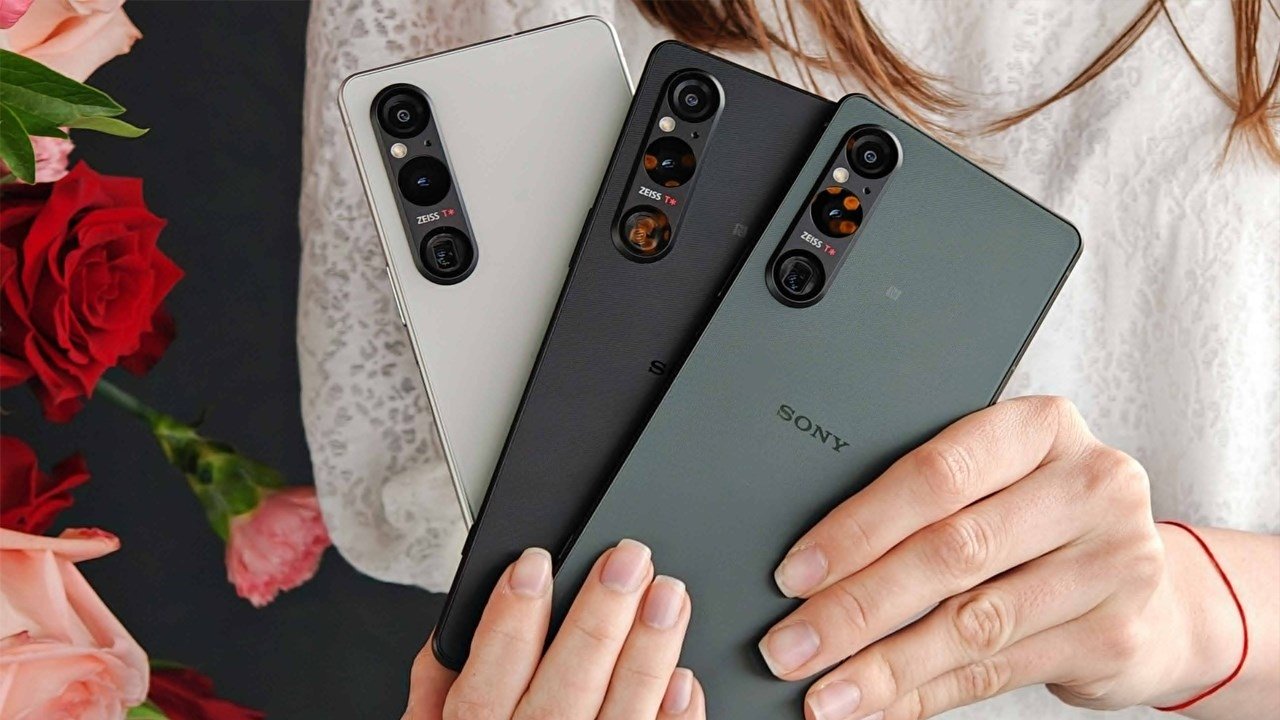TECH
/i.s3.glbimg.com/v1/AUTH_08fbf48bc0524877943fe86e43087e7a/internal_photos/bs/2024/T/K/b5f02PRrqX5zEZfecRdg/screenshot-2024-10-03-092745.png)
Initially teased by Elon Musk as a potential game-changer in affordable satellite internet, the Starlink Mini hasn't exactly lived up to that billing in the US market. While the price is trending downwards, it's still significantly more expensive than the Standard dish, especially with recent, deep discounts on the latter.
Starlink Mini debuted in the US in June last year and while it was originally positioned as a budget-friendly alternative to the Standard Kit—with Elon Musk suggesting a price point between $300 and $350—it ended up being nearly twice as expensive with a $599 price tag. However, the price seems to be gradually coming down.
Starlink appears to have permanently discounted the Mini Kit by $100, bringing it down to $499 from $599. And it’s even cheaper at third-party retailers, with Walmart currently offering the dish for $450. While this represents a $150 overall reduction from the launch price, the Mini still feels far from the budget-friendly option Elon Musk initially alluded to. In fact, the price gap between the Mini and Standard Kit is wider than ever now that SpaceX is offering the Standard dish for as low as $149 in 27 US states until March 31st.
The price disparity between the Standard and Mini dishes is not as stark in other markets. In parts of Europe, the Mini is actually more affordable than the standard kit. For example, in Germany, the Mini and Standard kits are priced 279 Euros and 349 Euros, respectively. Similarly, in Sweden, the Mini is priced at SEK 3,359, compared to SEK 3,999 for the Standard. In Canada, Australia, New Zealand, and the UK, the Mini does cost more but the difference isn’t so drastic.
SpaceX says in high-usage regions like the US, a higher price is necessary as it helps the company slow down the adoption and prevent potential network overload. Starlink's primary focus remains on serving rural users where options for superfast internet are limited or prohibitively expensive. That might explain why the company is aggressively pushing the Standard dish with subsidized hardware and affordable plans.
It's the portable nature and ease of use that makes the Mini a dream for digital nomads and off the grid adventurers. However, if portability is not a primary concern, the Standard dish, with its faster speeds and way cheaper hardware, seems like the most practical choice for most Americans. Granted, the Mini is more affordable than it was at launch, but it still remains a relatively pricey proposition. It's a niche product right now. Hopefully, prices will come down even further in the coming months. For now, the promise of truly portable, affordable satellite internet remains somewhat distant for US customers.
mundophone


No comments:
Post a Comment